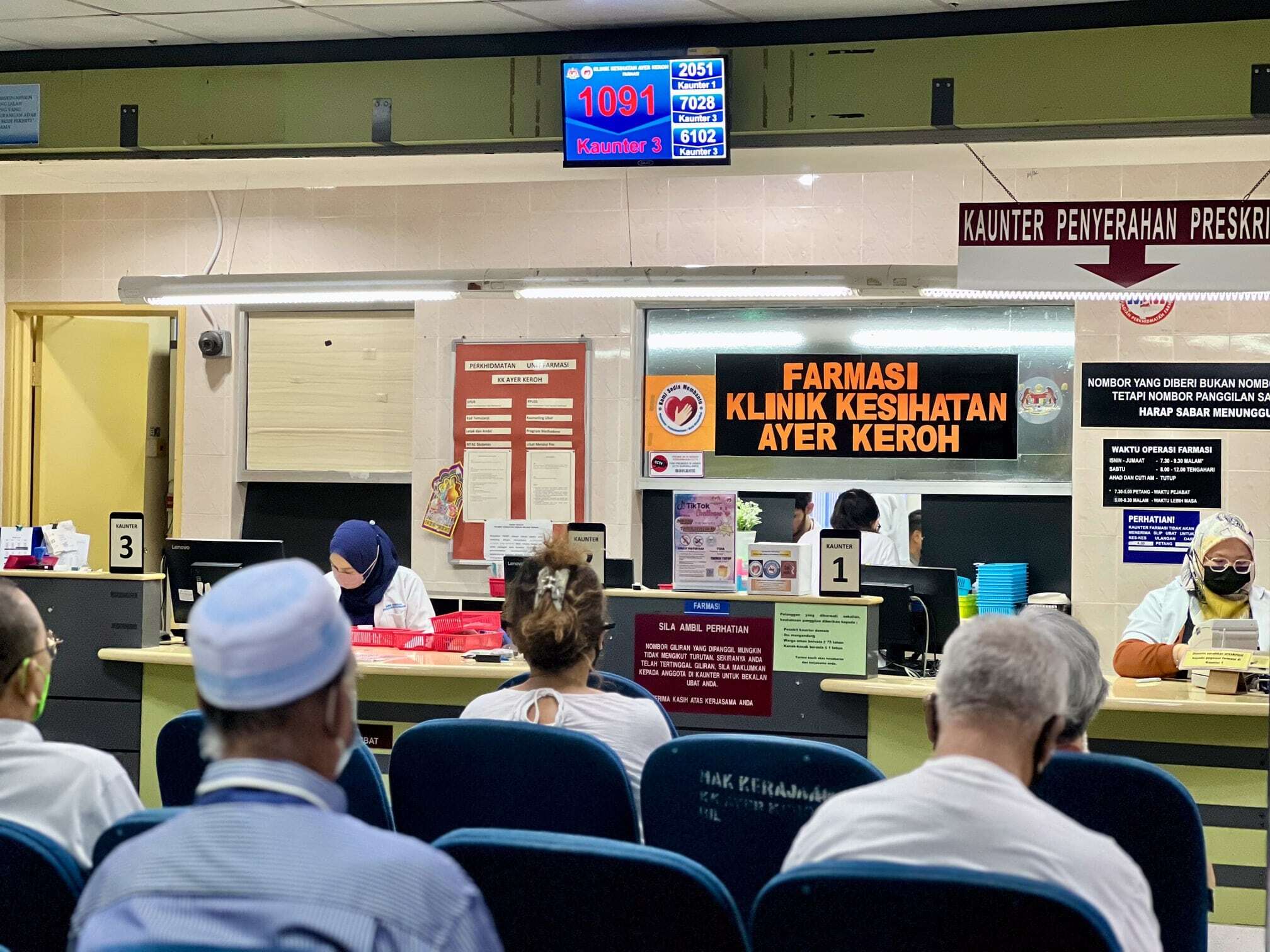KUALA LUMPUR, July 6 – Primary health care facilities under the Ministry of Health (MOH) nationwide received a fraction of funding requested for medical equipment this year, Dr Zaliha Mustafa revealed.
The health minister said the funding requested for 2023 exceeded RM200 million, but the MOH facilities received just RM34 million, or 17 per cent.
“Therefore, priority is given to the replacement of destroyed and defective equipment, the purchase of critical medical equipment, and obsolete equipment,” Dr Zaliha said in a written Dewan Negara reply last July 26 to Senator Dr Lingeshwaran R. Arunasalam.
For this year, the MOH received funding allocations to purchase 4,218 units across multiple categories of medical equipment.
“Dilapidated medical equipment in primary health care facilities will continue to be used if they can still work.”
The health minister said for primary health care facilities in states and federal territories under the Medical Equipment Enhancement Tenure project – Perak, Penang, Selangor, Kuala Lumpur, Johor, Negeri Sembilan, Melaka, Labuan, Sabah, and Sarawak – upgrades and maintenance of medical equipment are done continuously.
“Whereas, the replacement of dilapidated equipment will be implemented in phases based on priority, and will depend on the allocations received annually.”
Dr Lingeshwaran had asked the health minister about the amount of medical equipment requested by hospitals and clinics under the MOH to replace dilapidated equipment that have not yet been approved for allocations.
According to Dr Zaliha, quoting the latest data from the Medical Programme Information System, there are requests for 28,000 units of medical equipment costing about RM2.5 billion.
The requests span hospitals for replacements, additions, and placements of new medical equipment.
“The Ministry is always working to fulfil these requests from time to time, but due to restraints on allocations received by the MOH, various initiatives have been implemented. Among the initiatives that have been implemented are filters to identify priority for replacements, besides implementing replacements in stages without disrupting any hospital service,” Dr Zaliha said.
The MOH also centralises procurement through open tenders and quotations at its national headquarters and at state health departments. This enables the MOH to procure medical equipment at lower costs without affecting service quality.
Dr Zaliha said the MOH also leases various medical equipment, such as CT scan, MRI, and X-ray machines, as well as operating tables, and intensive care unit (ICU) beds, among others.
“The MOH hopes that procurement via leasing can be expanded in the time to come.”
Besides that, the MOH uses allocations from the Peruntukan Akaun Amanah, which contains contributions from various parties, in a targeted manner “to provide a large impact for the country’s health service.”








